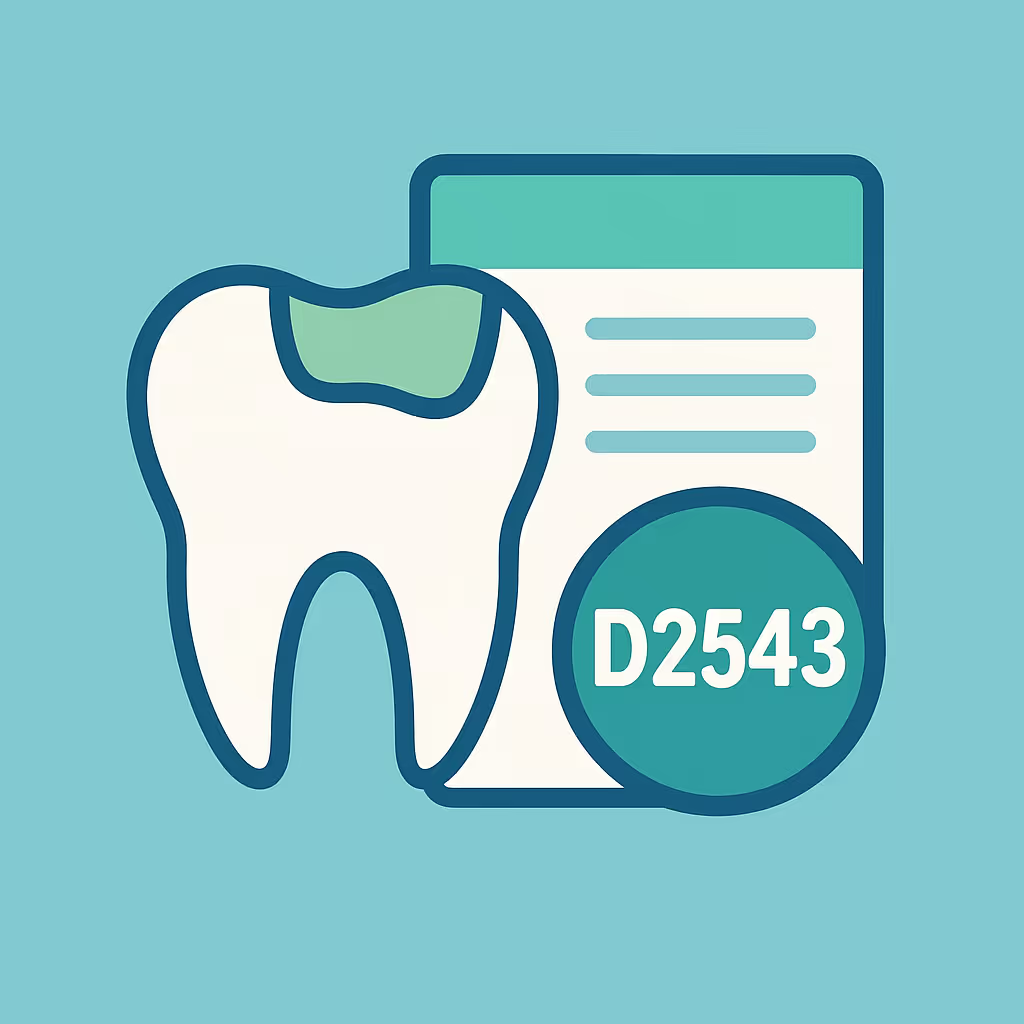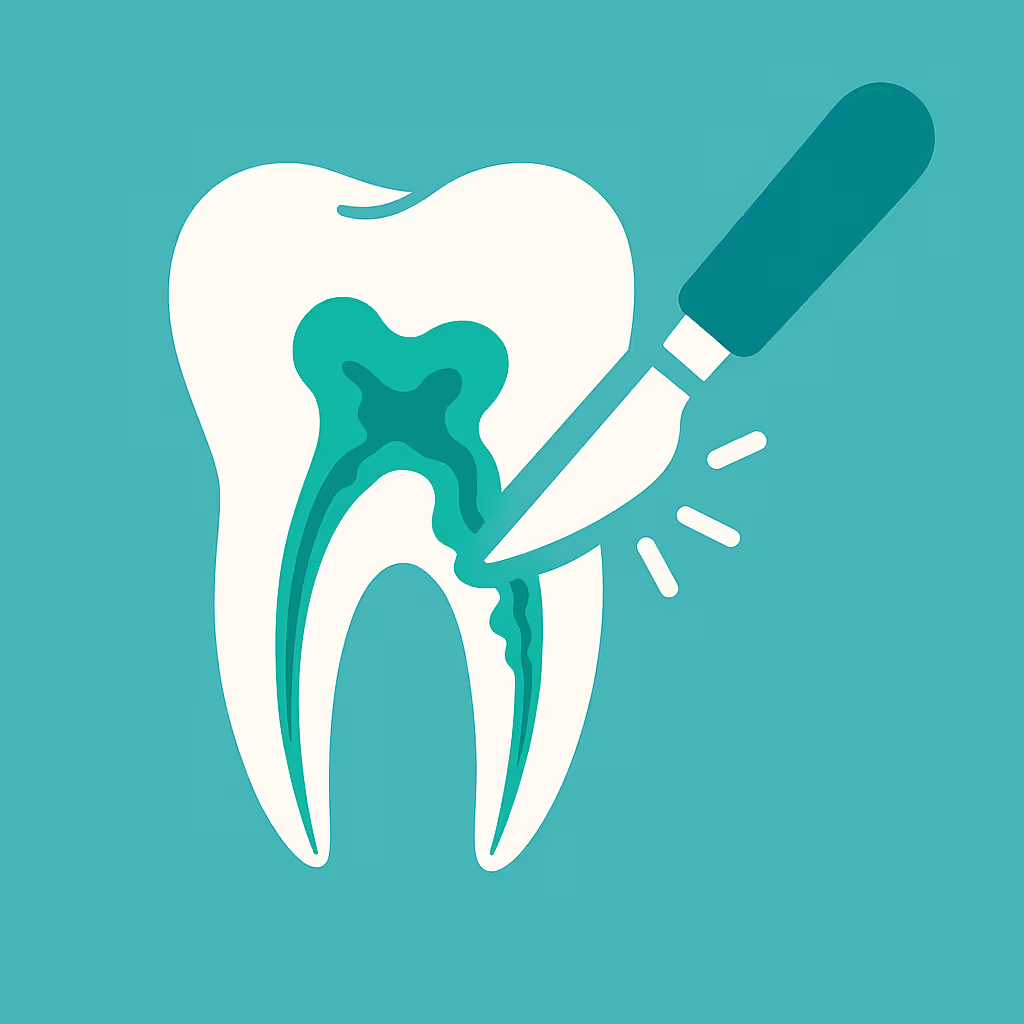Understanding Dental Code D6611
When to Use D6611 dental code
The D6611 dental code, officially termed as “Retainer onlay – cast metal (per unit),” is used when a retainer onlay is fabricated as part of a fixed partial denture (bridge) to replace missing teeth. This code specifically applies when the retainer is made of cast metal and covers the occlusal surface, providing support and stability for the prosthesis. Dental practices should use D6611 when a cast metal onlay is required as a retainer, rather than a full crown or other type of retainer. Proper code selection ensures accurate reimbursement and compliance with insurance requirements.
Documentation and Clinical Scenarios
Accurate documentation is essential for successful claims involving D6611. Clinical notes should clearly indicate:
- The tooth or teeth being restored
- The reason for selecting a retainer onlay (e.g., insufficient tooth structure for a full crown, patient-specific factors)
- Details of the preparation, material used (cast metal), and how the onlay functions as a retainer in the bridge
- Pre-operative and post-operative radiographs or intraoral images, if available
Common scenarios for D6611 include cases where a patient’s abutment tooth is not suitable for a full-coverage crown but can support a cast metal onlay, or when minimal tooth reduction is desired to preserve healthy tooth structure.
Insurance Billing Tips
To maximize reimbursement and minimize denials for D6611, follow these best practices:
- Verify benefits: Before treatment, confirm with the patient’s insurance whether retainer onlays are covered and if there are frequency limitations or material restrictions.
- Submit thorough documentation: Attach clinical notes, radiographs, and a narrative explaining why a retainer onlay was chosen over other options.
- Use correct CDT coding: Ensure D6611 is not confused with similar codes such as D6750 (crown – porcelain fused to high noble metal) or D6545 (retainer – cast metal for resin bonded fixed prosthesis). Accurate code selection reduces claim rejections.
- Monitor EOBs and AR: Review Explanation of Benefits (EOBs) for underpayments or denials. If a claim is denied, file a timely appeal with supporting documentation.
Example Case for D6611
Consider a patient missing tooth #19, requiring a three-unit fixed bridge from teeth #18 to #20. Tooth #18 has significant occlusal wear but adequate structure for a cast metal onlay, not a full crown. The dentist prepares #18 for a retainer onlay and submits a claim using D6611 for that unit. Documentation includes pre-op radiographs, a narrative detailing the clinical rationale, and photos of the prepared tooth. The insurance carrier reviews the claim and, with complete documentation, approves reimbursement for D6611 as part of the bridge.
By understanding when and how to use D6611, dental teams can ensure accurate billing, reduce claim delays, and provide optimal patient care.





